Concrete Retaining Wall Repair Tips
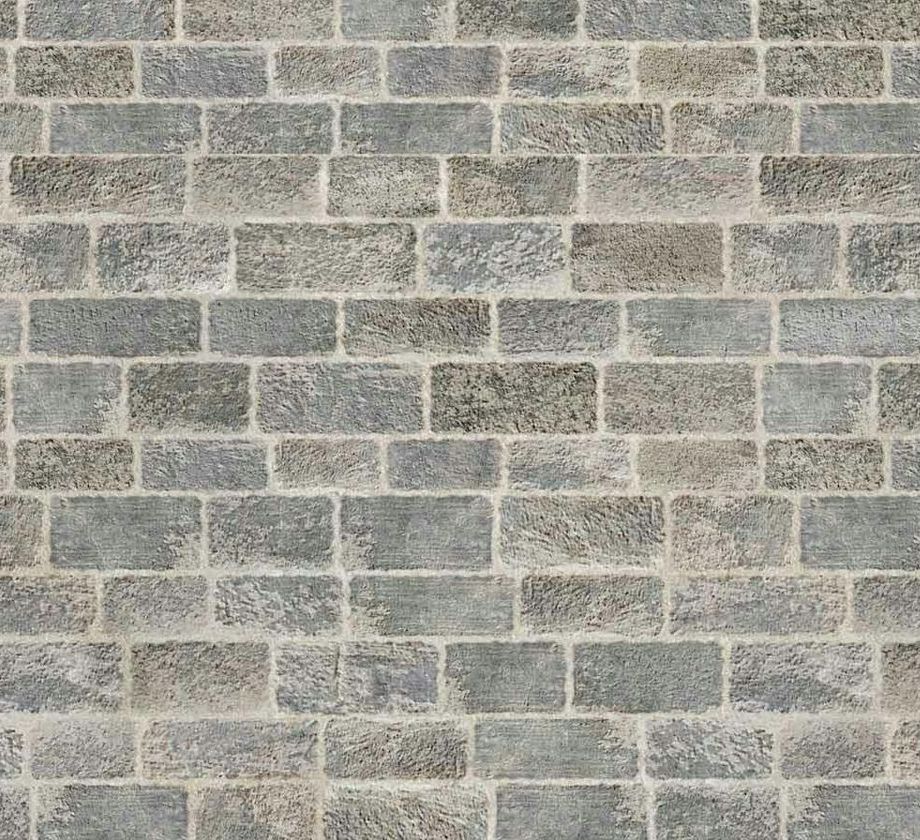
Whether you're a homeowner or a business owner, there are several things you should know about concrete retaining wall repair. These tips will help you avoid costly repairs and fix problems before they happen.
Definition of a Concrete Retaining Wall
Generally, a retaining wall is a reinforced concrete structure that maintains the height of a ground surface. It helps stabilise soil and prevent soil erosion. It is used to support buildings and other structures. It can be built off-site or on-site. It is usually built by a contractor.
There are several types of retaining walls. They are made of various materials. They include stem walls, sheet pile walls, and stem walls made from precast concrete. The type of retaining wall you need depends on the requirements of the project.
For example, a stem wall is used to support steep slopes. It is economical to build up to 10 meters in height. Stem walls are made of precast concrete and are built on-site. They require a smaller amount of concrete compared to gravity walls.
Sheet pile walls are held together by steel or metal sheets. They are economical to maintain to 6 meters in height. They are supported by a unique fill. The backfill material affects the cost-effectiveness of construction. It can be selected based on geotechnical properties.
Stem walls are made up of precast concrete and can be built on-site or off-site. The type of retaining wall you need also depends on the requirements of the project. Stem walls are used to support erosion management structures.
Aesthetic treatments can also be used to modify the appearance of a wall. They can include colour modifications and exposed surface aggregate. They can also be applied during the manufacture of units or after the unit has been manufactured. These treatments can also be paid for separately.
The type of retaining wall you need also determines the aesthetic treatment you need. Aesthetic treatments can include architectural patterns or simulated joints and cracks. They can also be used to blend the wall with the surrounding environment.
Benefits of Concrete Retaining wall
Choosing the best retaining wall can be a daunting task, and there are many different factors that you need to consider before deciding which type of wall will suit your project. These factors include the type of soil, the type of wall, and the design requirements.
When it comes to selecting the best retaining wall, it's important to know which one to use and how to properly build it. There are many different types of retaining walls to choose from, and each of them has its benefits. Some of these include stability, flexibility, and security. In addition, these walls are often used for driveways, pool decks, and landscaping.
One type of retaining wall has recently gained popularity. This type of wall uses geogrid reinforcement systems, which wrap around successive lifts of backfill. The gridded material provides distributed anchorages to soil particles, and it has excellent pullout resistance.
Another type of wall uses a composite wire and granular soil structure. The fabric is constructed from nine-gauge steel wire. These walls have fewer material constraints than other wall systems, and they are a viable option for large-scale projects.
Retaining walls can also be designed with vegetation, which can help to protect the soil from erosion. This is especially important in urban environments. The addition of vegetation can also provide habitat for wildlife.
Another retaining wall system is the anchored retaining wall, which is constructed in the same manner as tieback excavation support systems. These walls include a permanent wall face and anchors, as well as corrosion protection for the anchors.
Choosing the right retaining wall depends on several factors, including the type of soil, the type of wall, the loading, and the design requirements.
concrete retaining wall problems and solutions.
Various types of retaining walls are used in the engineering practice. The retaining wall's height, concrete grade, and soil type affect its optimum design.
The retaining wall's strength and stability should be carefully evaluated in the early design phases. Moreover, the retaining wall should be designed to comply with Eurocode provisions.
A study on the optimum design of reinforced concrete retaining walls using a simplified optimization technique has been performed. The soil elastic modulus has a major effect on the vibration characteristics of the retaining wall structure.
The soil elastic modulus is a measure of the soil's ability to resist the bending moment of the retaining wall. A retaining wall with a low soil elastic modulus has a weak interaction with the soil. In this case, the total lateral pressure is reduced and the bending moments are reduced.
The soil's Poisson ratio has little effect on the vibration characteristics of the retaining structure. However, the soil's elastic modulus has a major effect on its vibration frequency. The soil's elastic modulus can be increased by the filling properties of the soil.
The height of the retaining wall should be reduced to increase the factor of safety. A deepened key can be added in front of the existing footing to increase the passive resistance in front of the retaining structure.
The total cost of the retaining wall depends on the concrete grade, height, and soil type. The peak ground acceleration is also affected by the concrete grade.
The retaining wall's stability is not guaranteed in cases of intense earthquakes. For instance, a tall wall of clay cannot be stable in case of a medium earthquake. This is because the soil's Poisson ratio has an irregular effect on the modal response of the retaining wall.
Contact us today at 03 5910 4479 for more information on retaining walls.
Free Instant Quote
**plus FREE bonus coupon**
Contact Form
We will get back to you as soon as possible.
Please try again later.
You Might Also Like


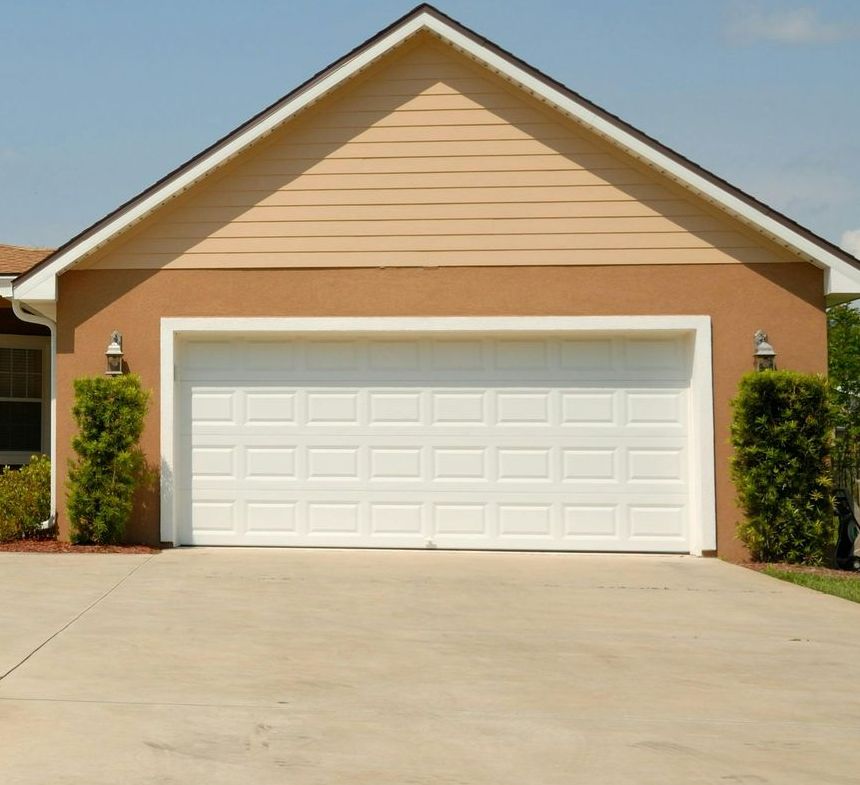
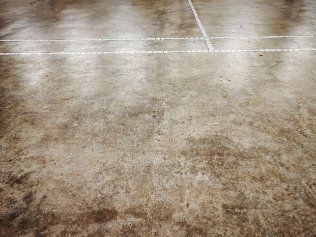

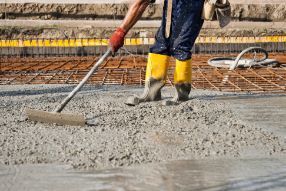

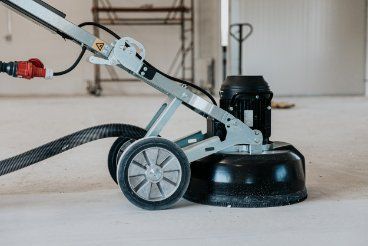
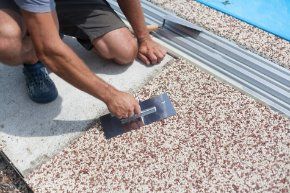
© 2022 JD Concreting Frankston
This is a referral site.
